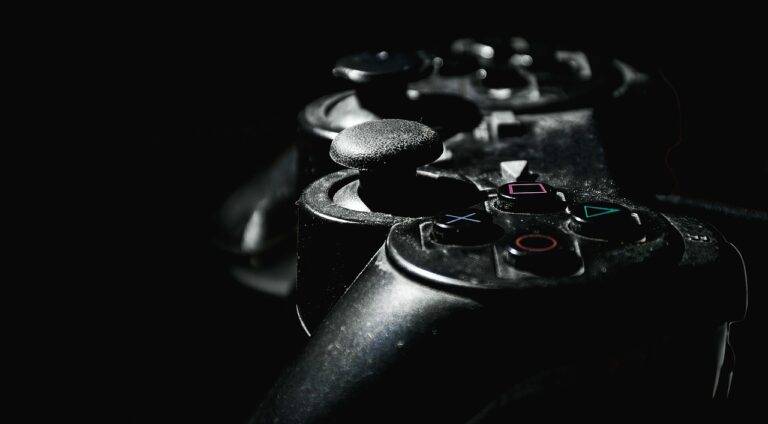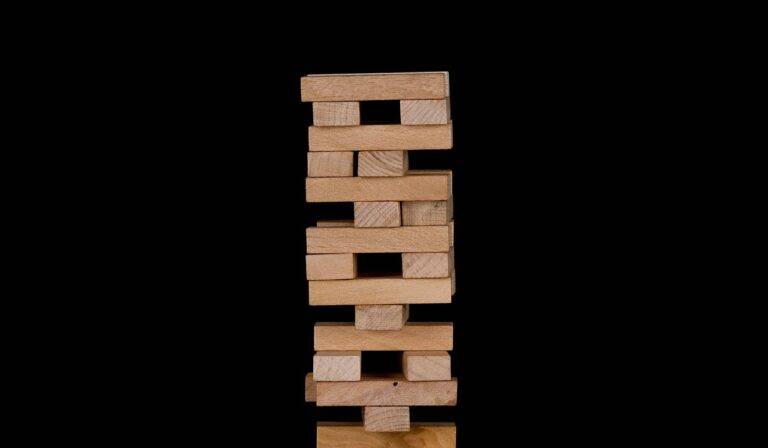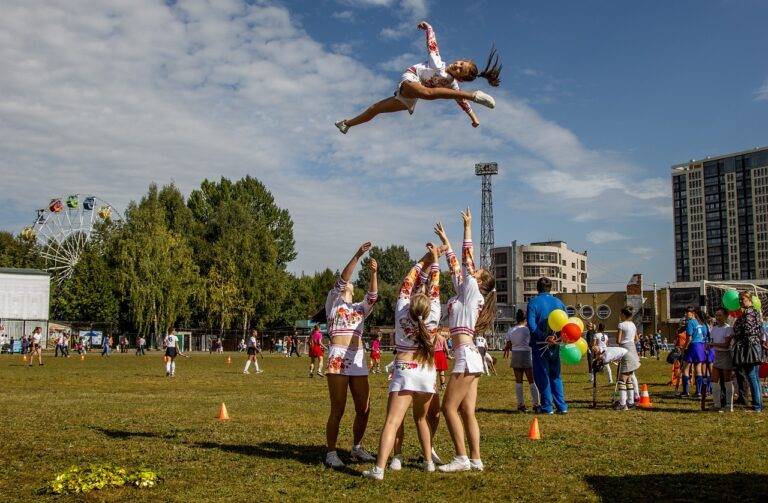The Evolution of Dance in Theater: Modern Choreography, Cultural Fusion, and Storytelling through Movement
When tracing the evolution of dance in theater, it is evident that this art form has continuously shifted and adapted over time. From the classical ballet performances of the 19th century to the emergence of modern and contemporary dance in the 20th century, the theatrical dance has experienced significant transformations.
The incorporation of various dance styles from different cultures and genres has played a crucial role in shaping the evolution of dance in theater. Dancers and choreographers have drawn inspiration from a wide range of movements, techniques, and storytelling traditions, resulting in a rich tapestry of dance vocabulary within theatrical performances. This fusion of styles has added depth and diversity to dance in theater, captivating audiences with its unique and innovative approaches.
Incorporation of Different Dance Styles
The dynamic nature of dance in theater has evolved over the years, incorporating an array of different dance styles that reflect the diverse cultural backgrounds and artistic influences of performers. From classical ballet to hip-hop, contemporary to traditional ethnic dances, the fusion of various styles adds depth and richness to theatrical performances, captivating audiences with its expressive range and versatility.
By blending different dance styles seamlessly into theatrical productions, choreographers infuse creativity and innovation into their work, pushing the boundaries of traditional dance forms and creating new narrative possibilities. This eclectic approach enables dancers to explore movement in unique ways, allowing them to draw inspiration from a variety of sources and transcend conventional limitations, resulting in performances that are truly a feast for the senses.
Impact of Technology on Choreography
Technology has undeniably revolutionized the field of choreography in the realm of theater. With the advancements in motion capture technology, choreographers now have the ability to precisely track and analyze movements, leading to more intricate and innovative dance sequences. This level of detail allows for more precise choreography, opening up new possibilities for complex and visually stunning performances on stage.
Furthermore, the integration of projection mapping technology has provided choreographers with a new canvas to showcase their creativity. By utilizing projections on various surfaces, choreographers can create mesmerizing visual effects that complement the dancers’ movements. This seamless fusion of technology and choreography adds an extra layer of depth and immersion to theatrical dance performances, captivating audiences in a whole new way.
• Motion capture technology allows for precise tracking and analysis of movements
• Enables choreographers to create more intricate and innovative dance sequences
• Opens up new possibilities for complex and visually stunning performances on stage
• Projection mapping technology provides a new canvas for choreographers to showcase creativity
• Utilizing projections on various surfaces creates mesmerizing visual effects that complement dancers’ movements
• Seamless fusion of technology and choreography adds depth and immersion to theatrical dance performances, captivating audiences in a new way
How has technology influenced the evolution of dance in theater?
Technology has allowed choreographers to incorporate multimedia elements such as projection mapping, LED screens, and motion capture technology into their performances, creating unique and visually stunning dance works.
In what ways has technology impacted the incorporation of different dance styles in choreography?
Technology has made it easier for choreographers to access and learn about different dance styles from around the world through online tutorials, virtual classes, and dance apps. This has led to a greater diversity and fusion of dance styles in contemporary choreography.
Can you provide examples of how technology has directly impacted choreography in recent years?
Some examples of how technology has impacted choreography include the use of interactive lighting systems that respond to dancers’ movements, virtual reality technology that allows dancers to create and rehearse in immersive environments, and wearable tech that tracks dancers’ movements and provides real-time feedback.





